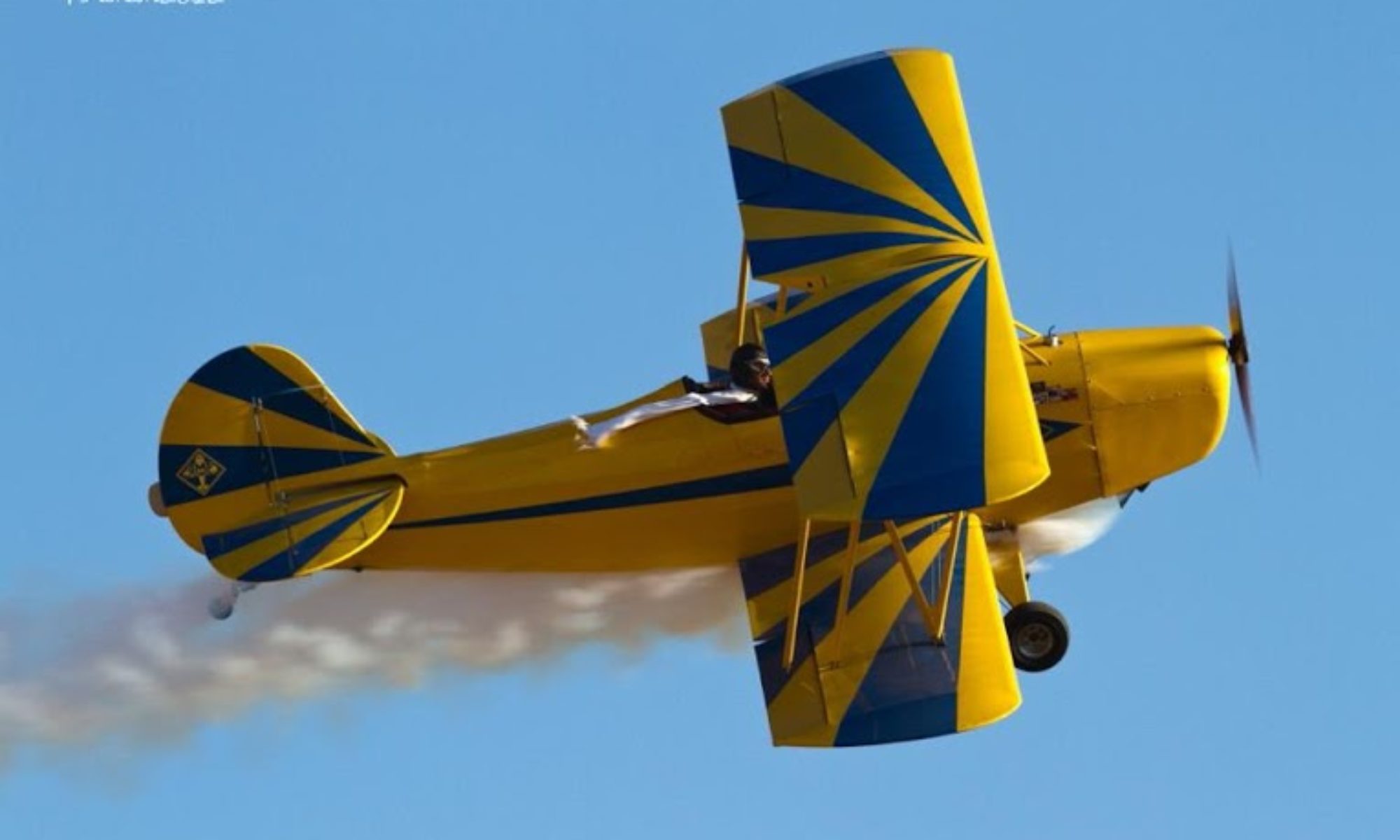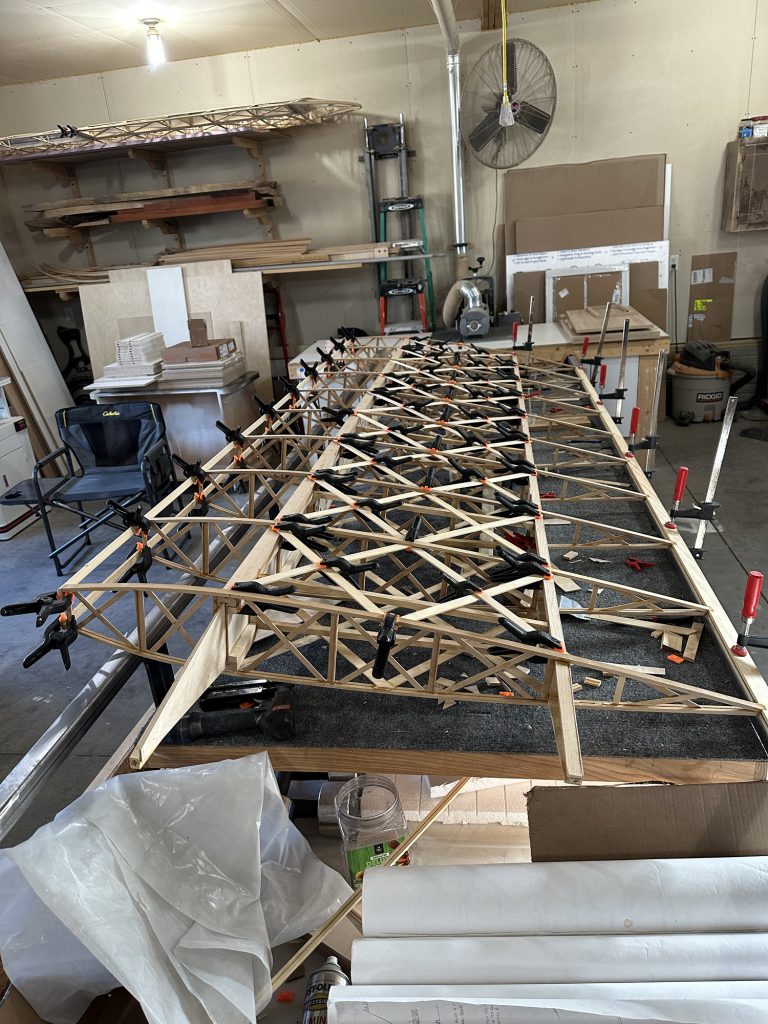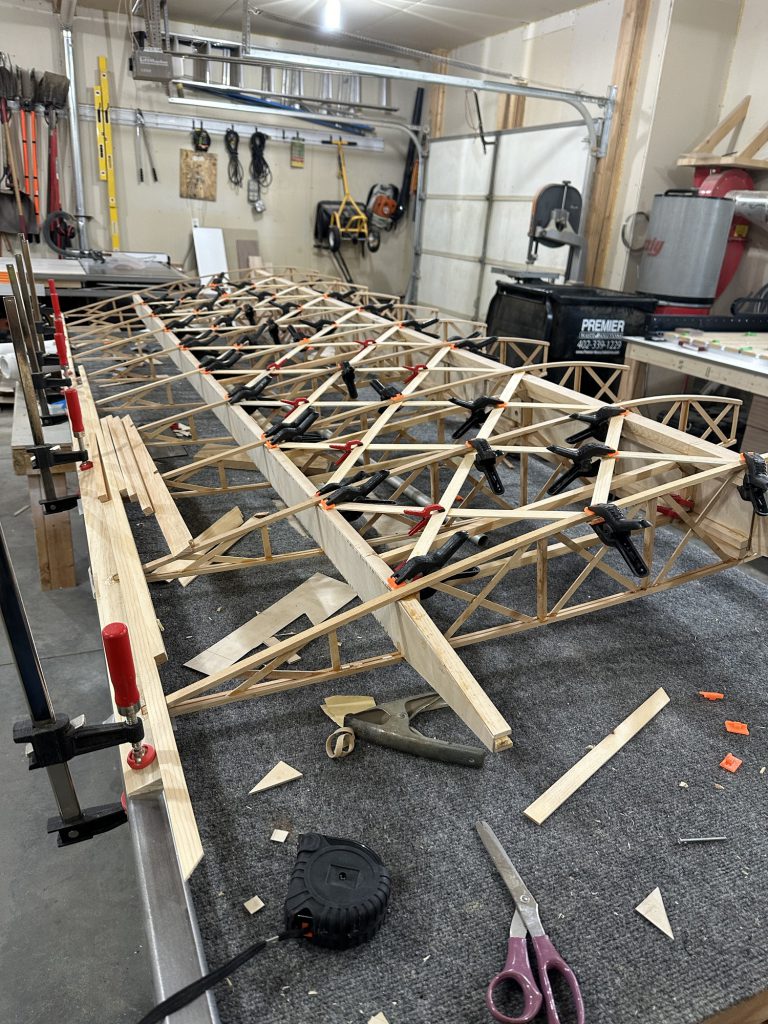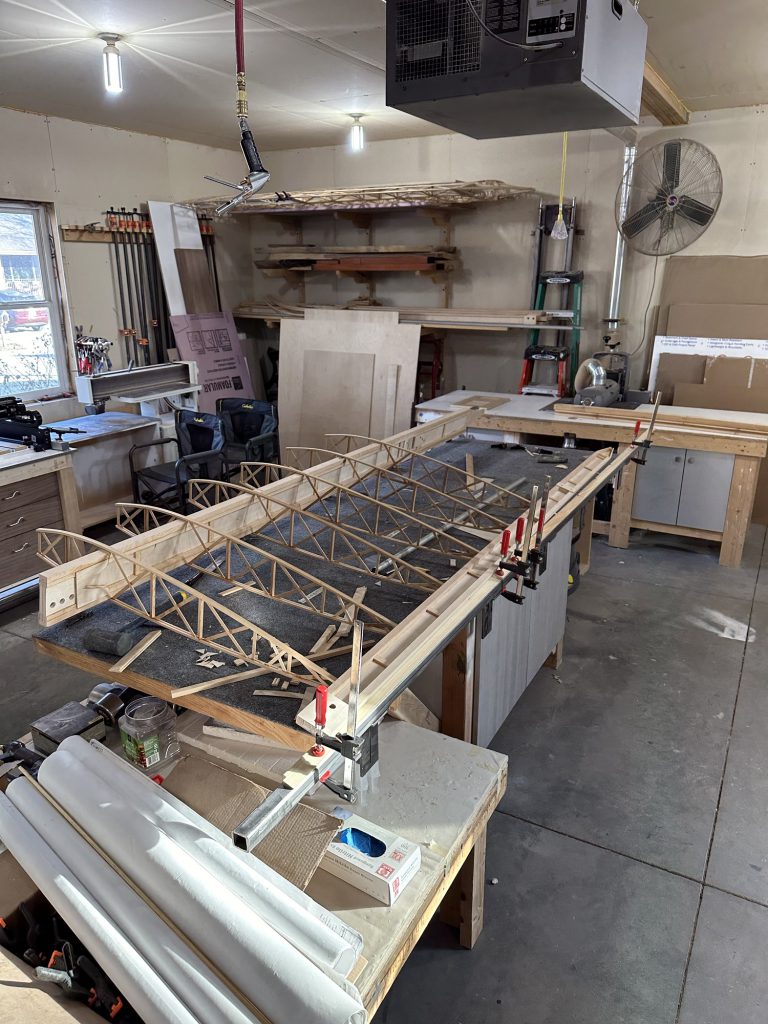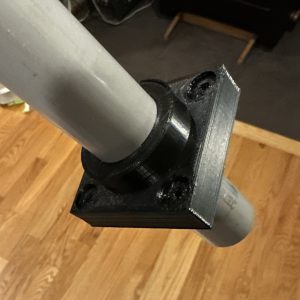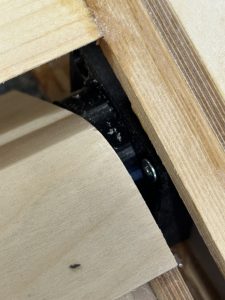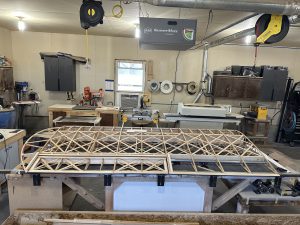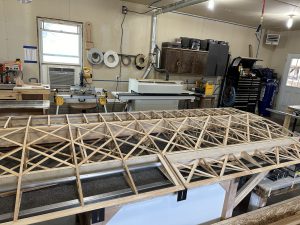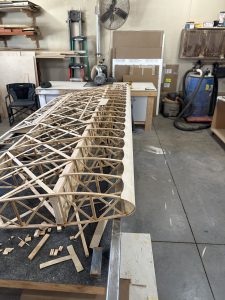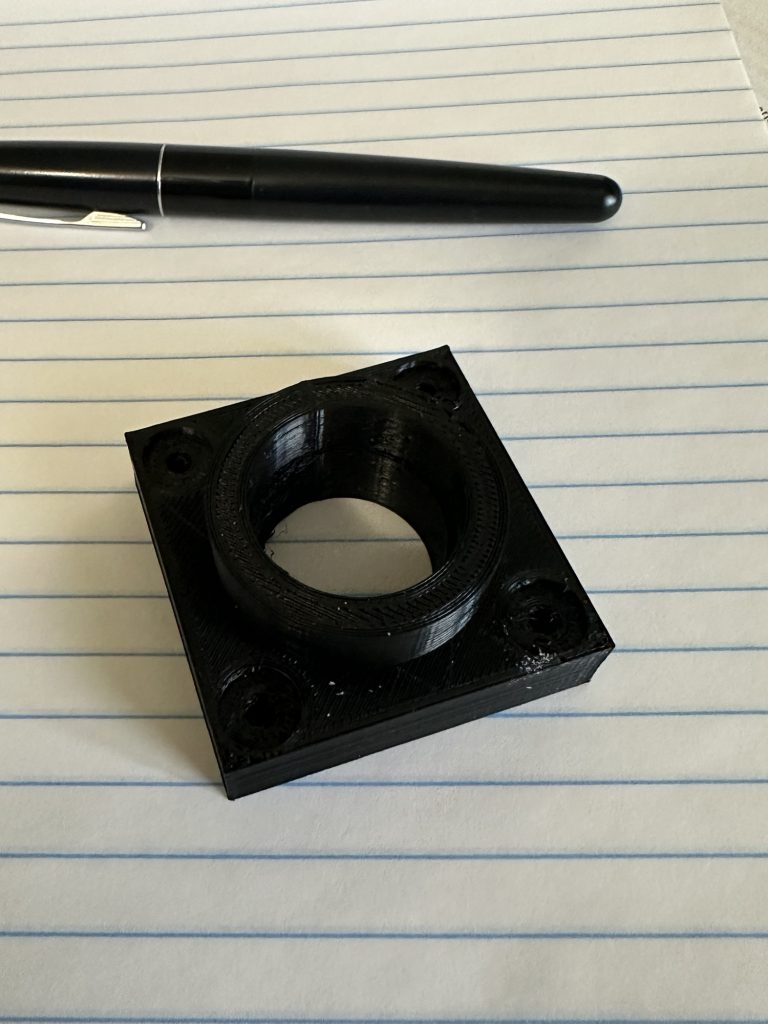I’ve been thinking about fuel tanks for a while now. The Celebrity normally has a 12-13 gallon fuselage tank, located just forward of the front cockpit Cub-style. In fact it may use a Cub tank for all I know, or a Champ tank. It’s enough fuel for flights as long as I suspect I’ll ever really want to make in the plane, but I’m interested in adding some capacity. I can envision a scenario where I fly somewhere and want to fly home without refueling, or fuel simply isn’t available where I land. Dirt strips, busted fuel pumps, whatever. A couple of wing tanks for some extra fuel capacity would be a welcome addition and give me some added flexibility.
Since the sale of Fisher to CKD.aero, I doubt very much I’ll be buying the tank or tanks from them. I got a price for wing tanks — over $400 each. Nah. They’re simple welded aluminum box tanks, which are mounted in the wings by means of some stainless steel straps attached to the main and rear spar caps.
Welding aluminum isn’t really in the cards for me, I don’t think. I considered building the tanks out of sheet AL, riveted and sealed with tank sealant. I have experience building those for the RV-7 and RV-12, but of course I’d need to design and build these from scratch. That option is not off the table yet.
Lately I’ve been thinking more along the lines of fiberglass. I could mock up the tank using cardboard and then foam board, to get the exact size and shape and work out the mounting attachment details as well as the location and details of the fill, drain, and sump. There are several construction methods possible including making a mold, building it over a Styrofoam plug and dissolving the foam once cured, or building a foam or balsa structure and glassing over the inside and outside for a sandwich construction. I could make it all internal or could make the top surface match the top of the wing, include a flange to attach it to the ribs, and either just paint it or cover with fabric.
Once I get back to work on the wings I’ll do some more exploring. Right now Stu’s got some stuff going on in the shop so the wings are still on the rack. Once he’s ready for me to get back to work, I want to accelerate the pace of construction so this thing is done before I die.
